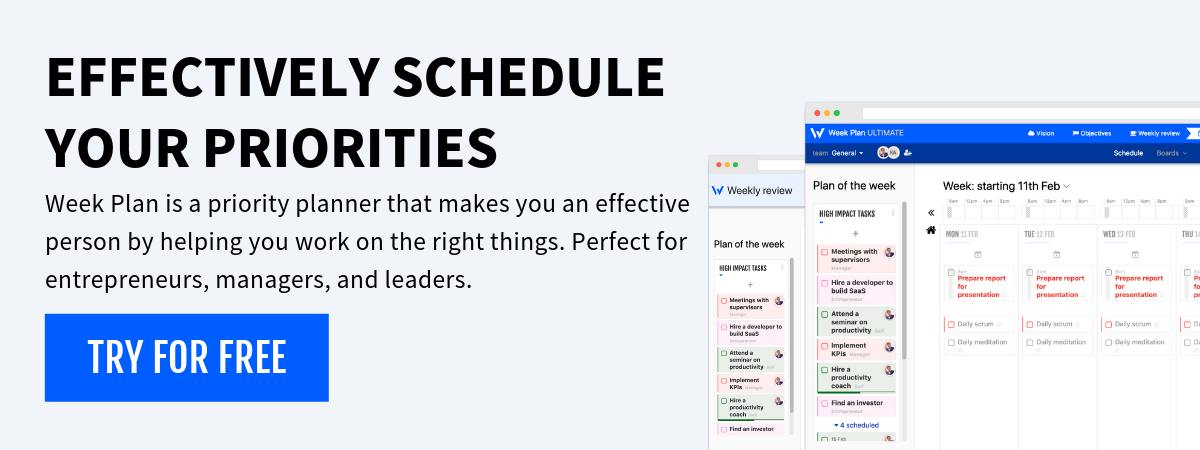The Urgent Important Matrix, often recognized as a fundamental tool for prioritizing and managing tasks, distinguishes itself by categorizing tasks based on their levels of urgency and importance. This matrix assists individuals and organizations in identifying the tasks that require immediate attention versus those that are important for long-term goals and objectives. By understanding and applying this matrix, users can make informed decisions on where to focus their efforts and resources, leading to improved productivity and time management.
Understanding the Urgent Important Matrix
The matrix is divided into four quadrants, each representing a different combination of urgency and importance:
- Quadrant I: Urgent and Important (Crises and Deadlines)
- Quadrant II: Important but Not Urgent (Planning and Development)
- Quadrant III: Urgent but Not Important (Interruptions and Some Calls)
- Quadrant IV: Neither Urgent Nor Important (Trivia and Time Wasters)
Each quadrant necessitates a different approach and strategy for handling the tasks within it.
Quadrant I: Urgent and Important
Tasks that fall into this category demand immediate attention. They are critical for achieving goals but are often associated with managing crises or meeting tight deadlines. Examples include urgent client requests or a project nearing its deadline.
Quadrant II: Important but Not Urgent
This quadrant is key for long-term success and involves activities that contribute to personal growth, strategic planning, and relationship building. Tasks might include setting goals, planning for the future, or investing in personal development. Focusing on this quadrant reduces the time spent in Quadrant I by preventing potential crises.
Quadrant III: Urgent but Not Important
These tasks appear to require immediate attention but, upon closer inspection, do not significantly contribute to long-term objectives. Examples could be some phone calls or emails that demand a quick response but are not crucial. Managing this quadrant effectively involves delegation or politely declining certain tasks.
Quadrant IV: Neither Urgent Nor Important
Activities in this quadrant usually constitute time wasters. Engaging in too many tasks from this quadrant can lead to procrastination and neglect of more important activities. Examples include browsing social media or engaging in idle gossip.
Applying the Urgent Important Matrix to Time Management
Incorporating the Urgent Important Matrix into daily routines can dramatically improve time management skills. By categorizing tasks according to the matrix, individuals can prioritize their activities more effectively, focusing on what truly matters. This method not only helps in achieving short-term objectives by addressing urgent matters but also promotes long-term success through attention to important, non-urgent tasks.
Strategies for Maximizing the Use of the Matrix
Review Tasks Regularly: Evaluate and categorize tasks daily to adjust priorities as needed.
Plan for the Long Term: Allocate time to Quadrant II activities to reduce emergencies and build a solid foundation for future success.
Set Boundaries: Learn to say no to tasks that fall into Quadrants III and IV, freeing up time for more critical activities.
Delegate When Possible: Identify tasks that can be delegated to others to manage your workload effectively.
Conclusion
The Urgent Important Matrix is a powerful tool for prioritizing tasks and managing time efficiently. By understanding and applying this matrix, individuals can distinguish between tasks that are truly important for achieving their goals and those that can be postponed, delegated, or eliminated. Embracing this matrix in daily life can lead to significant improvements in productivity, stress reduction, and overall success.

More Posts
Release notes
How To Find Time For Hobbies
It’s no secret that our lives are busier than ever. We’re constantly connected to our work, whether in the office or out of it. And when we’re not working, we usually run errands...
Best Simple Time Tracking Software to Boost Productivity
Ever found yourself drowning in a sea of tasks without knowing where your time went? Enter simple time tracking software. These digital wonders help keep you organized and accountable for every second. So,...
Best Project Tracking System to Manage Tasks
Project managers, have you ever felt the weight of managing tasks and tracking time for your entire team while trying to keep everything aligned within a reliable project tracking system? Say no more....